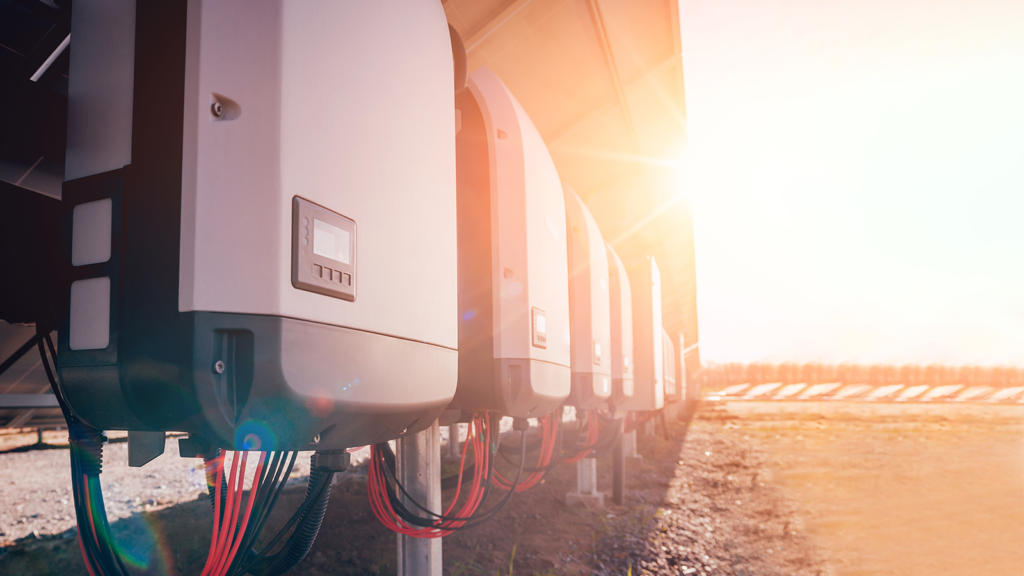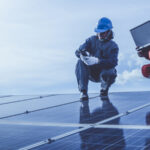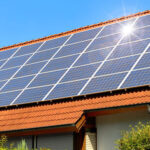Almost everyone has heard of photovoltaic power generation, but do you all know what exactly photovoltaic panels are made of and what benefits they can provide? People considering buying photovoltaic panels often ask themselves, is it still worth installing photovoltaic panels? With these questions in mind, we’ve created this complete guide to buying solar panels. It will surely bring you closer to your PV panels and clear your doubts! This is the second part of this guide.
What should be paid attention to when purchasing solar panels?
When choosing photovoltaic panels, there are several issues that should be considered. These questions include the wattage of the panels, the brand mentioned earlier, including products and services, and the service life, or the actual operating time of the photovoltaic panels. What you also need to keep in mind is the warranty period, which usually covers several aspects including yield, usually guaranteed for 25 years.
When choosing solar panels, it is also important to keep in mind that installing a photovoltaic system involves maintenance at a later stage. For example, many people ask: do photovoltaic panels need cleaning? Yes, the panels should be cleaned at least twice a year. Cleaner panels mean higher energy production.
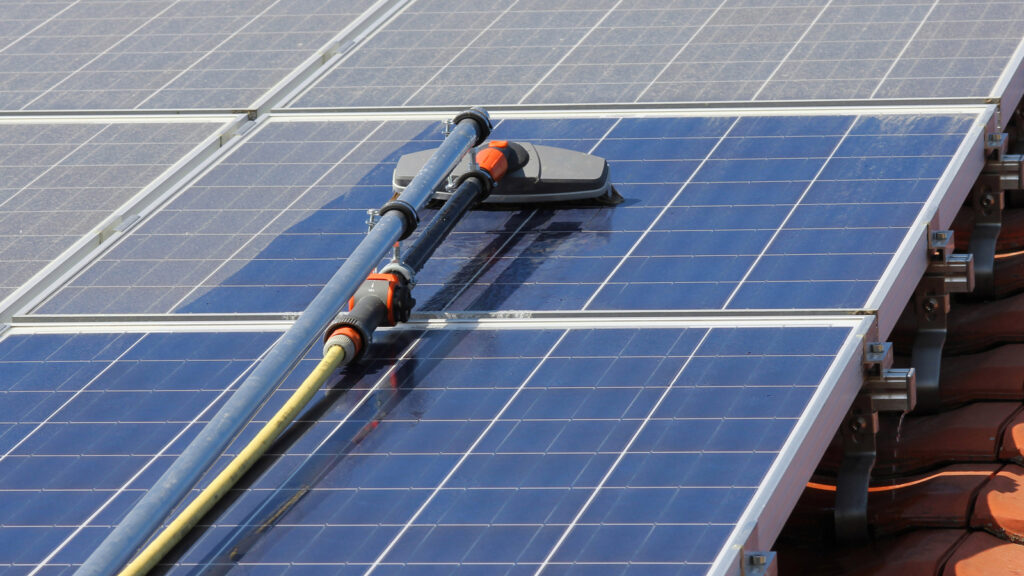
Can photovoltaic panels generate electricity in the case of snow in winter? This is also a concern for everyone. Many countries in Europe have relatively long winters, and snow accumulation will reduce the transmittance of solar radiation. Therefore, awareness of the technology of photovoltaic panels and all aspects of their subsequent use and maintenance are extremely important when deciding to purchase solar panels.
Photovoltaics on the Roof
Where the photovoltaic panels are installed is also important. In most cases, it is the roof of the house. The key issue here is the orientation of the roof, and the angle at which the sections are pitched.
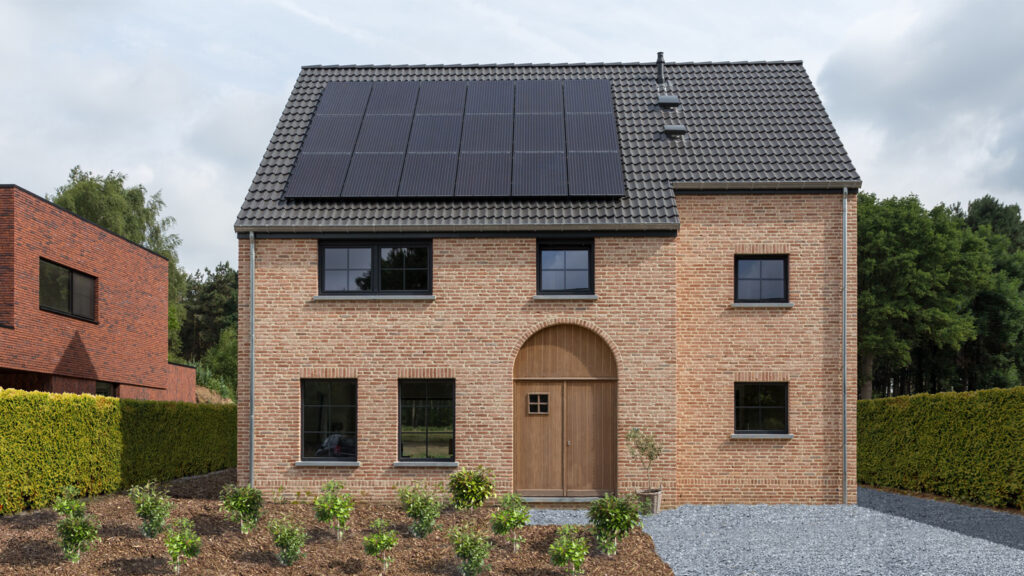
One of the advantages of photovoltaics is its versatility, as it can be installed on most roofs, regardless of the type of covering or the angle of inclination mentioned earlier. Photovoltaic power plants can be installed even on flat roofs, as long as they are equipped with photovoltaic brackets. The optimal inclination angle for installation requires professional comprehensive calculations. Generally, the higher the latitude, the greater the inclination angle of photovoltaic panels.
The key issue remains the orientation of the roof. For European countries, the best roofs are considered to be facing south. Mounting facing east or west is also worth considering. As a rule of thumb, it is believed that photovoltaic panels should not be installed facing north.
Also, before deciding to install photovoltaics, it is worth noting whether the property gets enough sunlight. Sometimes this happens when there is interference from neighboring buildings or tall trees.
How to choose the installation capacity of photovoltaic system?
A general rule of thumb is that homes should be sized so that the energy produced over the course of the year does not exceed the annual consumption. This will balance the portion of energy that remains on the grid under the rebate system and also help avoid excessive energy production relative to household needs.
As a guideline, you can estimate the installed capacity of your PV system yourself based on your annual energy consumption. It is generally believed that a 1kW photovoltaic system can meet the electricity consumption of 1,000 kWh per year.
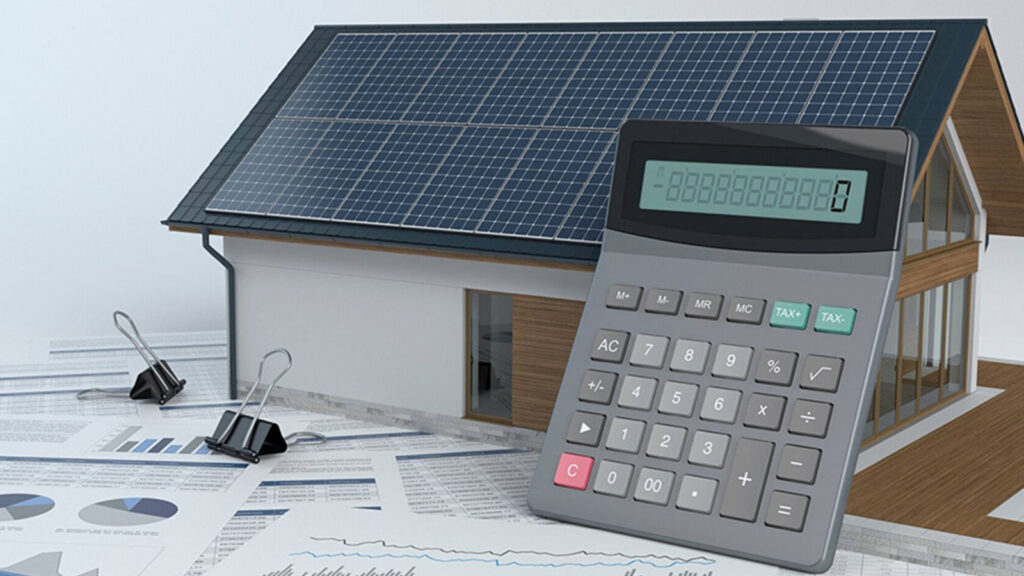
How long is the return on investment of photovoltaic power generation?
Now that we’ve reached the shore, it’s time to answer one last nagging and perhaps crucial question. So, how long is the return on investment of photovoltaic power generation?
A well-designed photovoltaic power plant can pay for itself within 7-9 years on average. When a company makes an offer, it usually gives consumers a simulated payback period. As we all know, the price of photovoltaic products will continue to fall, and if the electricity price continues to rise, the payback period of this investment will be shortened to 5-7 years.
Common questions
How much will 1 kilowatt of photovoltaic power cost in 2023?
System cost depends on various factors. Typically, in Europe, a 1 kW system costs about 1200-1600 euros.
Is it still profitable to build photovoltaics?
Despite the constant changes and rising electricity prices, it is worth considering, and most importantly, opting for photovoltaics. It’s still profitable.
Which system to choose – on-grid, off-grid, or hybrid?
Each situation should be considered individually. Grid-tied systems are cost-effective for small PV installations. Off-grid installations are primarily for those who care about total independence, not cost. To combine the two, a hybrid system can be a great solution.
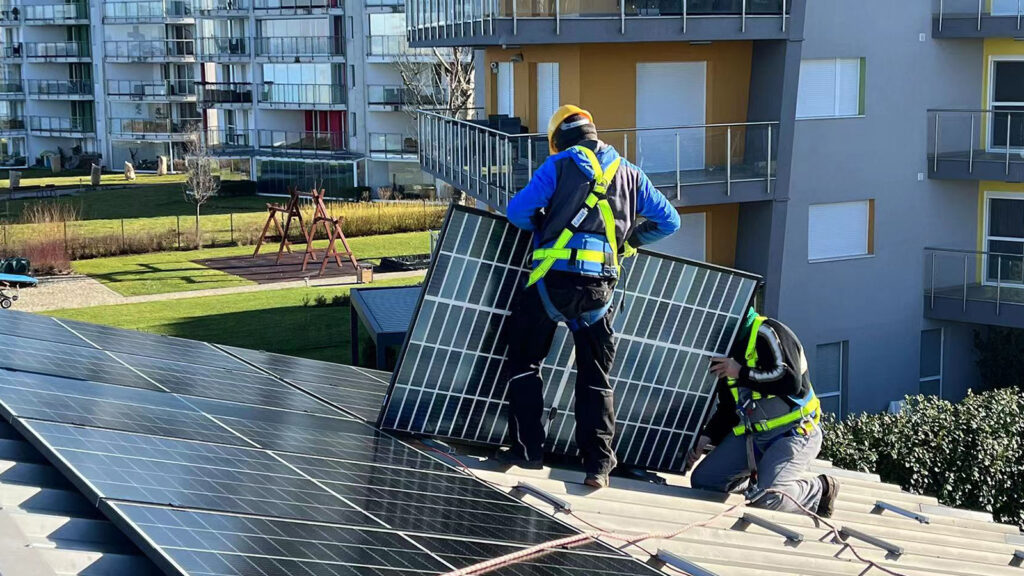
After reading the guide, almost all photovoltaic secrets were discovered. In an age where electricity continues to be expensive, doesn’t it sound great to have your own green power source?
If you have any questions or want to buy high quality solar panels, do not hesitate to contact Maysun Solar.

